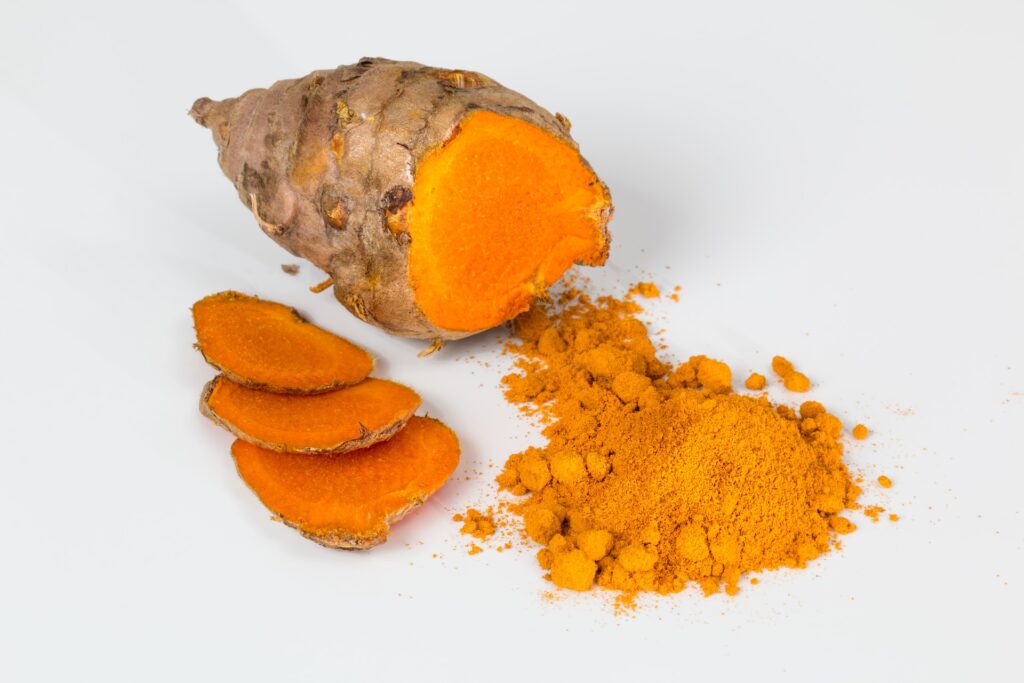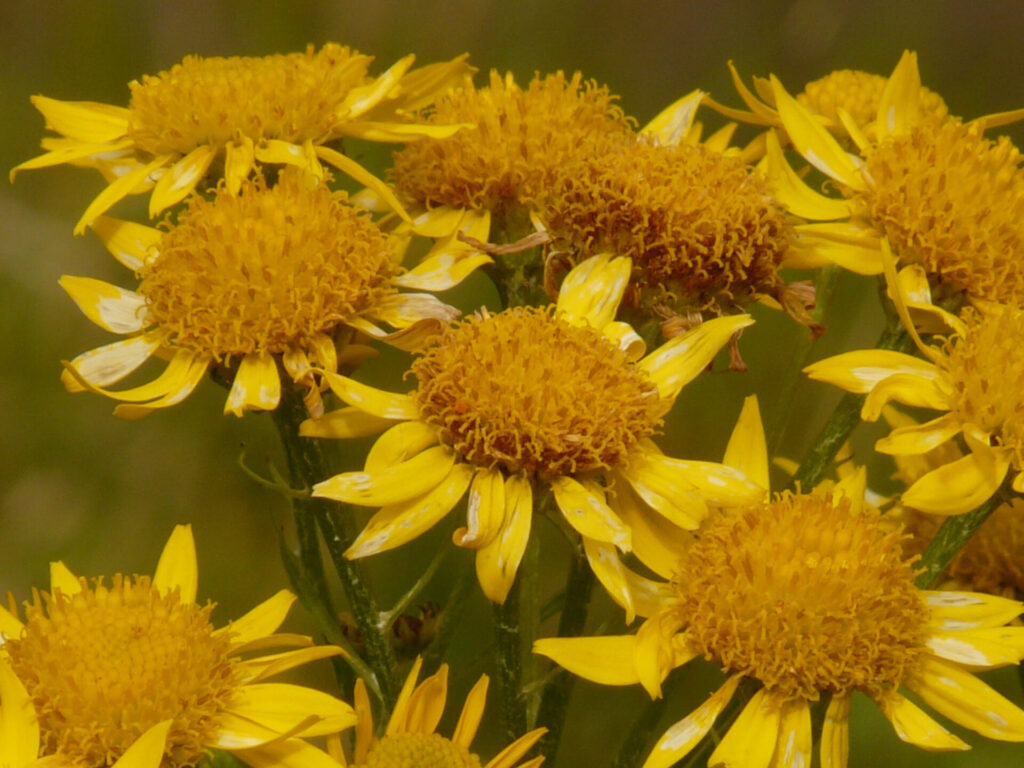Natural first-aid is easy and inexpensive when you know what to use. Do you want to replace over-the-counter drugstore remedies with natural ones? You should have these 6 natural items on hand to start a natural first-aid kit.
It might seem complicated to figure out how to make a natural first-aid kit, especially if you don’t have much experience with natural remedies. Most first-aid kits are filled with over-the-counter (non-prescription) medications that are supposed to resolve minor issues. These issues would include minor burns, bumps and bruises, cuts and scrapes, aches and pains, indigestion, and tension.
One of the problems with over-the-counter meds is that they often don’t work as advertised. Or they might work but have unpleasant side effects. Fortunately, many natural remedies are fantastic for treating everyday health issues.

In this article, we’ll focus on just six important items that you need to start a natural first-aid kit. They won’t cover everything that could happen, but these six cover a lot of ground!
The closer to basics we can keep, the better. There are beautiful and effective products on the market, but they will be more expensive than simply using natural substances. To make it into the top six, we’ve chosen items that are:
Easy to find
There is no point in telling someone that they need a hard-to-find natural remedy. It’s very frustrating to be told that you need “whatever”… and then not being able to find that “whatever.” Although many lesser-known items can be effective, this is a list of basic materials you can find easily.
Inexpensive
Another roadblock to switching out over-the-counter medicines is the price point. Truth? Over-the-counter health products are mass-produced and cheap, so it can be hard to justify spending more money on something natural.
That’s why the items our natural first-aid kit are inexpensive. They’re also effective, unlike many over-the-counter items that promise a lot but don’t deliver.
Multi-use
We try to keep things simple, and that means choosing natural remedies that serve more than one purpose. Sure, specialty items can be powerful and important for treating a difficult health problem. But for daily health issues, many natural items have multiple uses and that cuts down on your initial investment in your natural first-aid kit.
Top Six Items – How to Start A Natural First-Aid Kit
1. Turmeric

Turmeric has so many uses for first-aid and health it could easily be called the number one all-around herb.
For wounds or cuts
Turmeric is a powerful anti-bacterial agent that treats minor cuts and scrapes. Just make a thin paste of turmeric powder and water. Cover the cleaned wound with the paste and let it dry. This keeps it from becoming infected and also helps to decrease inflammation.
For pain and inflammation
Turmeric can be taken in capsules or by the teaspoon or as a hot “tea” beverage (or as a turmeric “latte” with milk). Known for its analgesic (pain relieving) effects, turmeric can relieve headaches, body aches, and pain from arthritis and sciatica. For pain relief, the recommended dosage is 300-500 mg of curcumin (turmeric’s most active ingredient) 2-3 times per day.
With about 200 mg of curcumin per teaspoon of pure turmeric powder, that would be about 2 teaspoons of turmeric powder taken 2-3 times per day, depending on the severity of symptoms. Traditional medicinal systems tell us that it’s the synergy of an herb’s components that gives us the maximum healing results, so always use whole turmeric powder, not isolated curcumin powder.
For acne or blemishes
Mix turmeric with water and apply it as a face mask or as a spot treatment for painful, red, and unsightly blemishes. Allow to dry and then gently rinse off.
For itches, rashes, and sunburn:
A paste of turmeric and water is also good to soothe insect bites and sunburned skin.
Note: Turmeric is bright yellow and can temporarily stain lighter skin tones. Just wash turmeric off of the skin and wipe off any remaining tint with an astringent (like witch hazel or vinegar). Don’t worry, it’s not permanent. You can also try mild soap to remove turmeric residue.
Turmeric powder is easy to add in cooking for extra health benefits, and for that brilliant beautiful golden color. It has a mild flavor, so will not change the taste of most soups and casseroles if you use less than ¼ teaspoon. Turmeric is inexpensive, easy to find, and can be purchased in bulk or capsules.
2. Iodine
Iodine is one of the most important trace elements humans need for health. As such, it’s a “must-have” to keep on hand in your natural first-aid kit.
Iodine has a long, successful history as a powerful antibacterial, antimicrobial, and antiseptic agent. It’s excellent for putting on wounds, cuts, and scrapes as a disinfectant. Iodine is also great for treating bacterial infections like shingles, and for eczema and psoriasis. It can purify water in emergencies.
For topical use, most people use povidone iodine which is usually sold in pharmacies. But that contains Polyvinylpyrrolidone (PVP), a synthetic polymer chemical that some people are allergic to… it can even cause life-threatening anaphalactic shock! It doesn’t happen that often, but why take the chance?
Most people are iodine deficient these days, so in addition to first-aid, iodine is an important supplement. Iodine deficiency is the cause of numerous conditions and diseases.
Rather than putting synthetic carrier chemicals in your system, we suggest using a 100% natural iodine supplement that works for topical and internal use.
Just read the bottle carefully. If the bottle says “for external use only” it is poisonous to take internally and could be fatal.
3. Lavender Essential Oil
Lavender essential oil is another must for natural first-aid. Universally known as a mood elevator and calming agent, lavender essential oil relieves tension, anxiety, or stress. Essential oil of lavender can be diffused into the environment via an aromatherapy diffuser in times of stress or upset. It can also be added to bath water or body soap while showering.
Or, more simply, it can be breathed in by just passing the open essential oil bottle under the nose and inhaling. It smells wonderful! Great for calming down fussy or temperamental children. (Rub on soles of feet or on wrists to promote sleep and soothing – this works for children and adults.)

The second amazing use of lavender essential oil is to treat minor household or kitchen burns. Although many natural remedies work well, lavender essential oil for minor burns is super effective. It’s often more effective than the highly acclaimed aloe vera, although aloe vera is also excellent for treating burns.
The first thing anyone should do immediately when the skin is burned is immerse it in cold water – ice water is best, but if you don’t have ice water sitting around, just run the injured skin under very cold tap water for at least 3 minutes. This will stop the heat from spreading and limit the area of burned tissue.
Then, rub organic lavender essential oil directly onto the burn. Lavender essential oil is considered a “neat” oil, one that is safe for most people to use directly on the skin without diluting. However, if you have sensitive skin, you can mix lavender with a few drops of carrier oil, such as jojoba, sunflower, or coconut oil.
The lavender essential oil can be reapplied as it is absorbed, as often as is comfortable. Burns heal more quickly after the use of lavender essential oil, with less pain, and scarring is much less.
You can also use a diluted version of lavender oil in a roll-on to treat minor burns.
Important point: The use of lavender essential oil for burns is only suggested for minor burns! For 2nd or 3rd degree burns, please! Seek medical attention. Deeper burns can affect the nerves and can also become infected more easily.
4. Arnica Salve

Arnica salve is probably the most important natural remedy you can use for bruises, bumps, sprains, and other minor injuries that include swelling. This useful remedy, made from the flowers and rhizome of the arnica montana plant, is gently rubbed into the affected area for a soothing result. Homeopathic arnica tablets taken be taken internally to speed up the healing process.
Arnica is also effective for pain and swelling due to arthritis.
While arnica is exceptional for bruises and bumps, it should not be used for open cuts and wounds. Arnica salves usually include a variety of topical pain-relieving herbs and oils, so you can buy a good quality prepared arnica salve, if you don’t want to make your own (which is also quite easy if you’re into DIY).
5. Echinacea

Since the time of the Native Americans hundreds of years ago, Echinacea purpurea and echinacea angustofolia have been used to relieve cold and flu symptoms and other ailments. Echinacea is still highly effective today.
Echinacea is not recommended to be taken as a preventative, but rather, is most useful when taken at the first signs of cough or cold. Taking echinacea alleviates symptoms and shortens the time and severity of sickness.
Echinacea tincture is also applied to wounds to prevent infection and is used as a skin soother for rashes and eczema. Echinacea can be mixed with water and used as a throat spray to relieve coughs. It’s always smart to have a good quality echinacea tincture on hand in your natural first-aid kit. Echinacea is also available as a tea, to take at the onset of a flu bout.
6. Baking Soda
This last item may come as a surprise, but common baking soda is a wonderful and inexpensive natural remedy!
This 100% natural substance, also known as bicarbonate of soda, has long been known for its many healthful and practical uses.
The most common use for baking soda is as an antacid. Just drinking ½ to 1 teaspoon of baking soda in a cup of water can bring fast relief from heartburn and indigestion.
Mix baking soda into a paste to relieve bug bites and bee stings or to soothe sunburn. Baking soda stops both diarrhea and constipation, is a natural toothpaste, soothes sore throats, and can be used as a natural deodorant.
Conclusion

If you stock a natural first-aid kit with these six simple items and begin using them regularly, you’ll be well on your way to treating everyday aches, pains, and other common issues naturally. It takes time to get used to something new, but if you want to avoid chemicals in your everyday first-aid kit, it’s well worth the effort.
Disclaimer: This post is for informational purposes only. Any material herein is the expressed opinion of the authors and is not a substitute for professional advice, diagnosis or treatment, nor has it been evaluated by any regulatory agency. All use of information herein is solely at the risk and discretion of the reader. Have a blog? This post is for sale. Contact us.